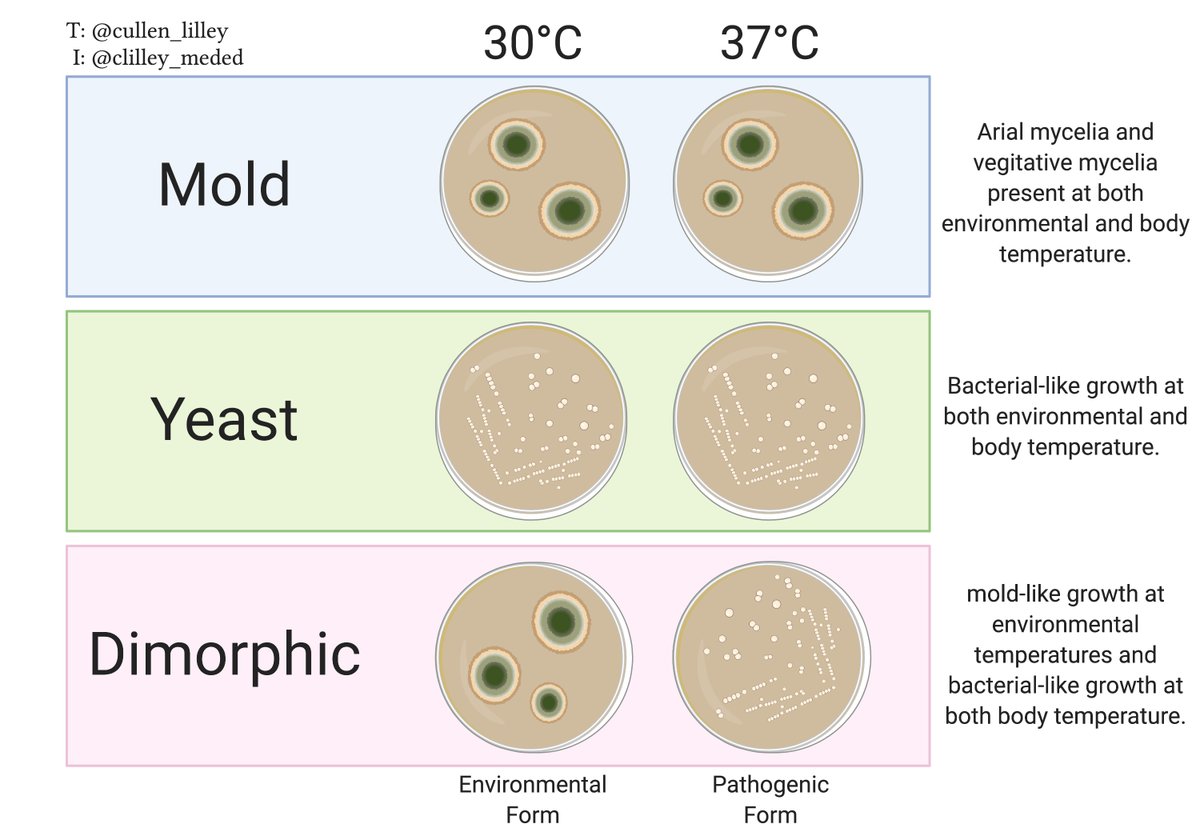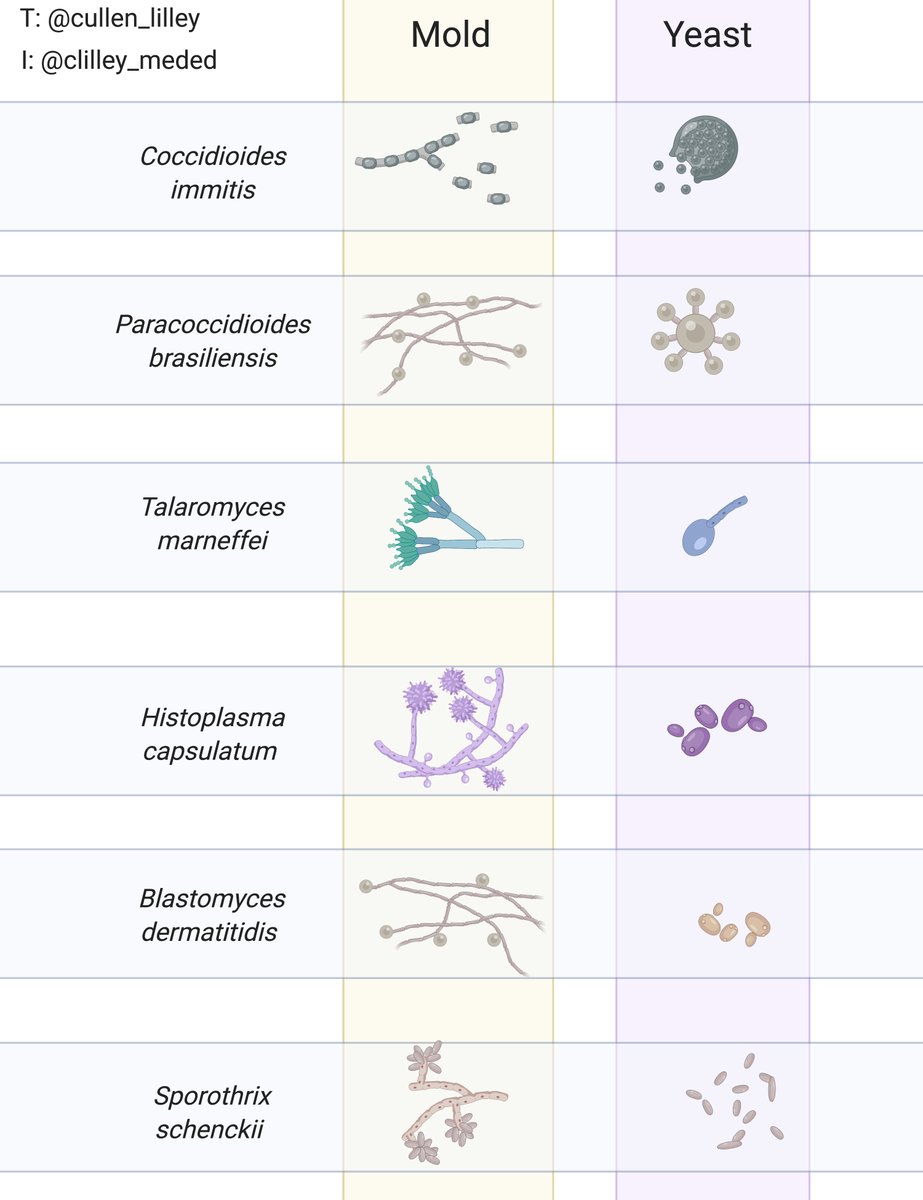Discover and read the best of Twitter Threads about #micromeded
Most recents (3)
Today's talk now posted for my FAVOURITE topic:
How to study & learn clinical/medical #microbiology.
🧠What to know
🧠How we learn
🧠Free resources
🧠Motivation
🧵below & slides available free: tinyURL.com/LearningMicro
#IDTwitter #MicroMedEd #ASMCPEP #clinmicro #ASMClinMicro
How to study & learn clinical/medical #microbiology.
🧠What to know
🧠How we learn
🧠Free resources
🧠Motivation
🧵below & slides available free: tinyURL.com/LearningMicro
#IDTwitter #MicroMedEd #ASMCPEP #clinmicro #ASMClinMicro

This talk expands on content from my ASM post from June.
asm.org/Articles/2021/…
... which outlined traits of experts & how we can use them to learn (eg. with visual tools):
👉These slides (summarized next) put this in the context of preparing for clin/med micro/ID exams.
2/14
asm.org/Articles/2021/…
... which outlined traits of experts & how we can use them to learn (eg. with visual tools):
👉These slides (summarized next) put this in the context of preparing for clin/med micro/ID exams.
2/14

Let's talk about YEAST!
🤔What are they
🤒Which ones cause human disease
🧫How do we ID them in the lab
💊What are the treatment options (including mechanisms & resistance to anti-fungals)
#IDtwitter #MicroMedEd
🤔What are they
🤒Which ones cause human disease
🧫How do we ID them in the lab
💊What are the treatment options (including mechanisms & resistance to anti-fungals)
#IDtwitter #MicroMedEd

Yeast are a type of fungi (so are moulds&🍄).
"Yeast" isn't a taxonomic group, it describes how they appear. Single-celled like bacteria, but eukaryotic. (More here )
Thanks Saccharomyces for your sourdough bread. (And my beer🍻)
nature.com/articles/nrmic…

"Yeast" isn't a taxonomic group, it describes how they appear. Single-celled like bacteria, but eukaryotic. (More here )
Thanks Saccharomyces for your sourdough bread. (And my beer🍻)
nature.com/articles/nrmic…


This week's #micromeded is for everyone out there who thinks micro is not the coolest thing in the world. Here is a short infographic describing the different growth patterns exhibited by #fungi: mold-/yeast-dominant or dimorphic. Created w/ @BioRender
1/

1/


For #MOLDS, their growth is characterized by hyphal growth at both environmental and body temperature. For #YEASTS, their growth is characterized by bacterial-like growth (i.e.: colonies are soft with no hyphae) at both environmental and body temperature.
2/
2/
For #DIMORPHIC fungi, their colony morphology changes depending on their incubation temperature. This growth pattern makes dimorphic fungi more pathogenic, so it is very important to remember your dimorphic fungi.
3/
3/


